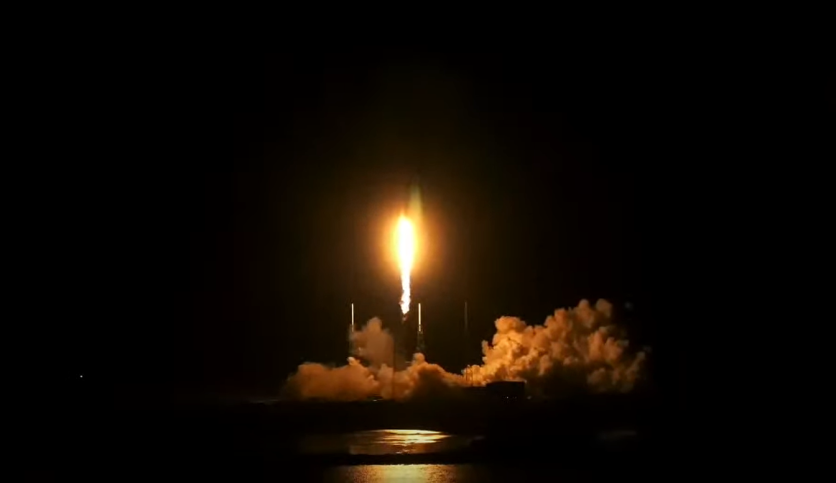An air quality monitoring instrument has been launched by NASA into a fixed-rotation orbit around Earth that will observe harmful airborne pollutants in the atmosphere, including nitrogen dioxide, formaldehyde, and ground-level ozone.

Launching TEMPO
NASA launched to geostationary orbit the Tropospheric Emissions Monitoring of Pollution instrument, also known as TEMPO, that will monitor several major airborne pollutants in the atmosphere. NASA said in its press release that this is an effort to provide an innovative approach for researchers that observe air quality from space.
TEMPO has successfully launched from Cape Canaveral Space Station in Florida through a SpaceX Falcon 9 rocket. The instrument was a payload on the satellite Intelsat 40E and separated from the rocket 32 minutes after its launch without any incidents. NASA paid SpaceX for this launch to be more budget-friendly compared to sending up its own rocket.
As per NASA Administrator Bill Nelson, this mission was not launched only to explore air pollution as it also aims to improve life on Earth. TEMPO's data will help improve air quality in North America by monitoring the cause and effects all the way from traffic pollution to forest fires and volcanoes.
Air Quality Monitoring
TEMPO will be the first instrument in space to measure air quality in North America every hour during the daytime and will begin producing findings by the end of May or early June. Compared to the existing limits of about 100 square miles in the United States, NASA's air quality monitoring instrument will present much-improved data.
Space reported that this instrument will contribute major findings in the future as it delivers scientific analysis of pollution, like studies of rush hour pollution, alerts for improved air quality, effects of lightning on ozone, movement of pollution from forest fires and volcanoes, and effects of fertilizer application.
It will also improve data records on air pollution, including ozone, nitrogen oxide, sulfur dioxide, and formaldehyde, for countries like the United States, Canada, Mexico, Cuba, the Bahamas, and the island of Hispaniola.
NASA's Earth Sciences Division Karen St. Germain stated that everyone from community and industry leaders would be able to access air quality information at a higher level of detail for both the time and location. This effort will also provide information to provide solutions in order to solve air pollution.
Read also: N
Also Read N: ASA's James Webb Space Telescope Spots 4 Incredibly Distant Galaxies, Formed in Early Universe
Engadget reported that TEMPO is the middle child among the high-powered instruments that track pollution. In 2020, South Korea's Geostationary Environment Monitoring Spectrometer launched an instrument to measure pollution in Asia.
Meanwhile, the European Space Agency will launch the Sentinel-4 satellite in 2024 to handle the measurement in Europe and North Africa. This is just the beginning of some of the tracking satellites as TEMPO will eventually be joined by other instruments in the great black, including NASA's, to measure the planet's crust.
Related Article : NASA's Hubble Space Telescope Captures Bizarre Runaway Black Hole

ⓒ 2025 TECHTIMES.com All rights reserved. Do not reproduce without permission.




